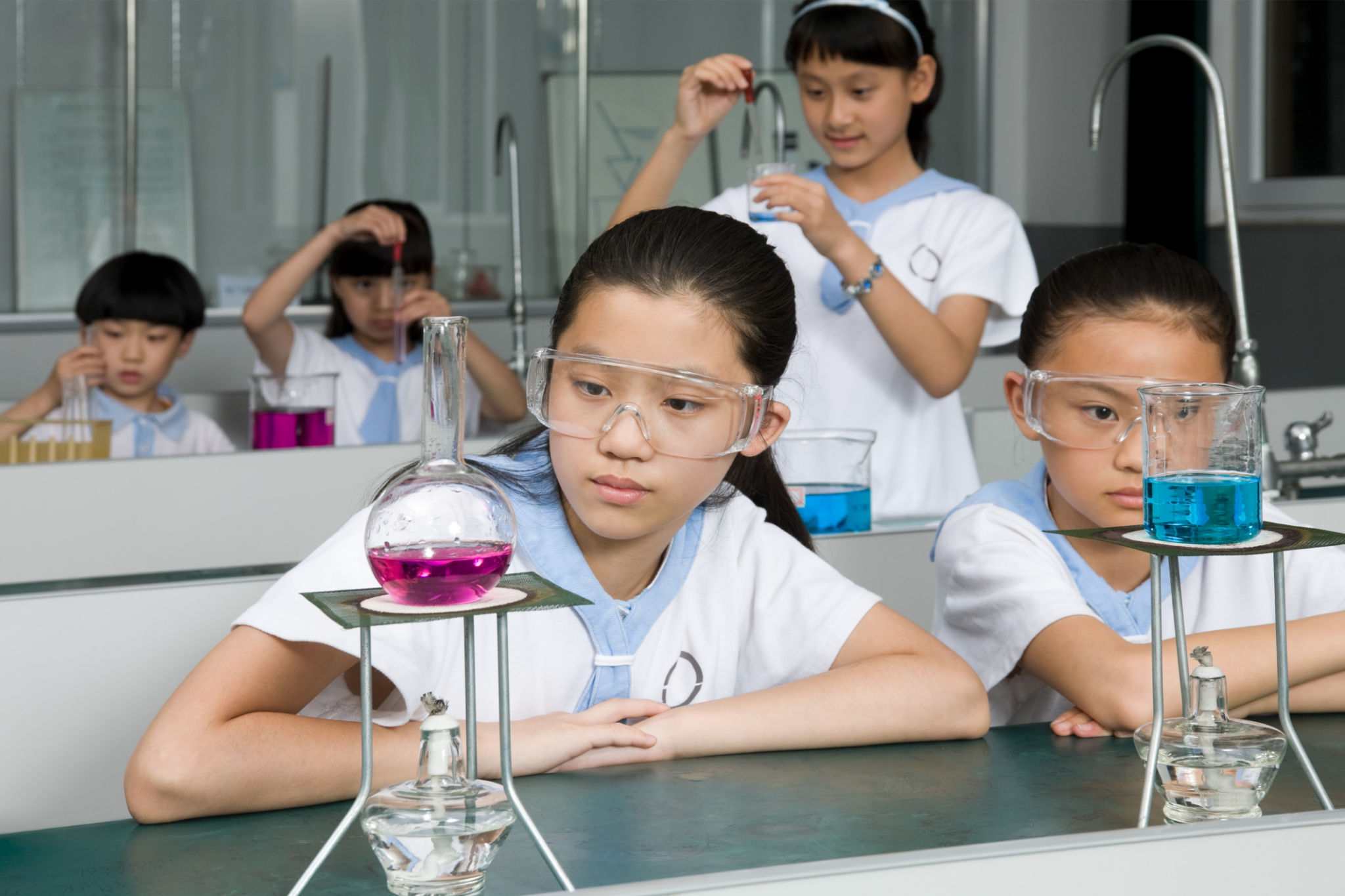DIY Science Experiments to Try at Home: A Parent's Guide
Introduction to DIY Science Experiments
Engaging your children in science experiments at home is a fantastic way to nurture their curiosity and enhance their understanding of the world. These hands-on activities not only make learning fun but also provide valuable opportunities for family bonding. In this guide, we'll explore some exciting DIY science experiments that you can easily set up at home.
With simple materials and a bit of creativity, you can transform your home into a mini-laboratory. Whether it's creating a mini-volcano or discovering the principles of density, these experiments are designed to captivate young minds while imparting essential scientific concepts.

Creating a Mini-Volcano
One of the most popular and visually exciting experiments is creating a mini-volcano. This activity demonstrates the chemical reaction between baking soda and vinegar, resulting in an effervescent eruption.
Materials Needed
- Baking soda
- Vinegar
- Food coloring (optional)
- A small container or cup
To create your mini-volcano, simply place the baking soda in the container, add a few drops of food coloring, and pour vinegar over it. Watch as the mixture bubbles up, simulating a volcanic eruption. This experiment is perfect for illustrating acid-base reactions to young learners.
Exploring Density with a Rainbow Jar
The rainbow jar experiment is an excellent way to teach children about density and how different liquids can stack on top of each other without mixing. This colorful activity visually demonstrates the concept of density in a fun and engaging manner.
Materials Needed
- Honey
- Corn syrup
- Dish soap
- Water
- Vegetable oil
- Rubbing alcohol
- Food coloring
Start by adding each liquid slowly into a transparent jar, layer by layer. Use food coloring to differentiate between the layers. As you pour, each liquid will form a distinct layer based on its density, creating a beautiful rainbow effect.

Creating a Homemade Lava Lamp
This experiment combines chemistry with art, allowing kids to create their own lava lamp using simple household items. It's a delightful way to explore the concept of immiscibility and the behavior of liquids.
Materials Needed
- A clear bottle or jar
- Vegetable oil
- Water
- Food coloring
- An effervescent tablet (like Alka-Seltzer)
Fill the bottle with water and add a few drops of food coloring. Then, pour vegetable oil into the bottle until it's nearly full. Finally, break an effervescent tablet into pieces and drop them into the bottle. The resulting bubbles will carry colored blobs of water through the oil, mimicking the mesmerizing effect of a lava lamp.

The Magic of Invisible Ink
Unleash your child’s inner spy with this intriguing invisible ink experiment. This activity demonstrates chemical reactions and can be used to send secret messages.
Materials Needed
- Lemon juice or milk
- Pencil or cotton swab
- Paper
- Lamp or iron (for heat)
Use the lemon juice or milk as ink by dipping the pencil or cotton swab into it and writing on paper. Once it dries, hold the paper near a heat source like a lamp to reveal the hidden message. This experiment helps kids learn about oxidation and how heat can cause certain substances to change color.
By incorporating these simple yet effective DIY science experiments into your at-home activities, you can spark a lifelong interest in science within your children. Not only do these experiments educate, but they also provide a platform for creativity and exploration, making learning both enjoyable and impactful.